Unleashing Educational Frontiers: Virtual Reality in the Classroom
Welcome to the Future of Learning!
Virtual Reality (VR) has been a game-changer in education in recent years, revolutionizing traditional classroom settings. This blog post will examine the use of virtual reality (VR) in the classroom with an emphasis on how it can promote fruitful international collaborations. Virtual Reality (VR) is a shining example of innovation in an era where technology is changing the face of education. The exploration of virtual reality’s transformative potential in the classroom begins with this introductory slide. Explore the exciting world of virtual reality with us as we discover how this cutting edge technology is transforming conventional teaching strategies and giving teachers and students an unmatched portal to immersive and interactive learning experiences. Come along on this trip into the future, where learning has no boundaries and the classroom serves as a doorway to countless opportunities.

Immersive Adventures Beyond Textbooks
Immersive experiences that deeply engage students, virtual reality (VR) extends the boundaries of traditional textbook learning. Virtual reality makes everything come to life, from exploring ancient civilizations to plunging into the ocean’s depths, making learning engaging and unforgettable.Virtual reality offers immersive adventures that go far beyond the confines of traditional textbooks, elevating educational experiences to previously unheard-of levels. Students can use virtual reality (VR) to experience historical events, observe scientific phenomena up close, and investigate abstract ideas in three-dimensional environments. This slide explores the revolutionary effects of virtual reality (VR) on education, highlighting how it can captivate students’ interest, deepen their comprehension, and ignite a sincere desire to learn.
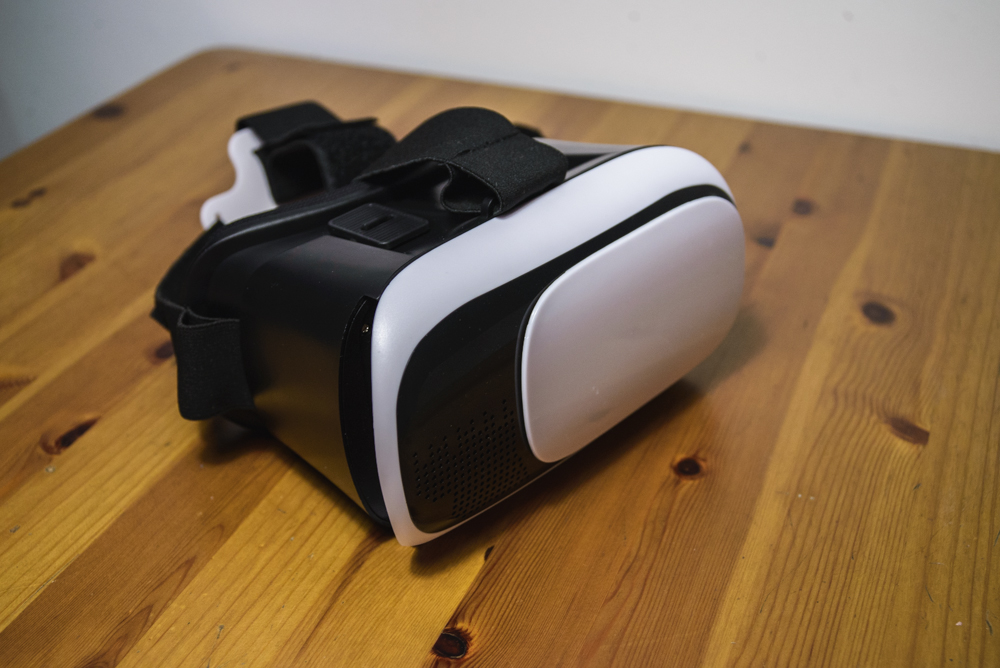
Global Classrooms Without Borders
The potential of virtual reality (VR) in education to connect students worldwide is one of its most exciting prospects. Geographical boundaries can be overcome in classrooms through virtual exchanges and cooperative projects. This promotes language proficiency, cross-cultural understanding, and the growth of a global viewpoint. By using this lens, teachers can help students develop a global perspective by giving them the opportunity to engage with classmates who have different origins, tongues, and customs. In addition to academic knowledge, this virtual, international classroom fosters cultural competency, empathy, and a deep appreciation for diversity. Students are actively creating a future in which cooperation transcends boundaries as they work together on projects, exchange ideas, and solve issues as a group. Come explore the revolutionary possibilities of virtual reality (VR) as it opens doors for classrooms to become portals to a global learning community.
Empowering Students: A Reflection on a Valuable Classroom Experience
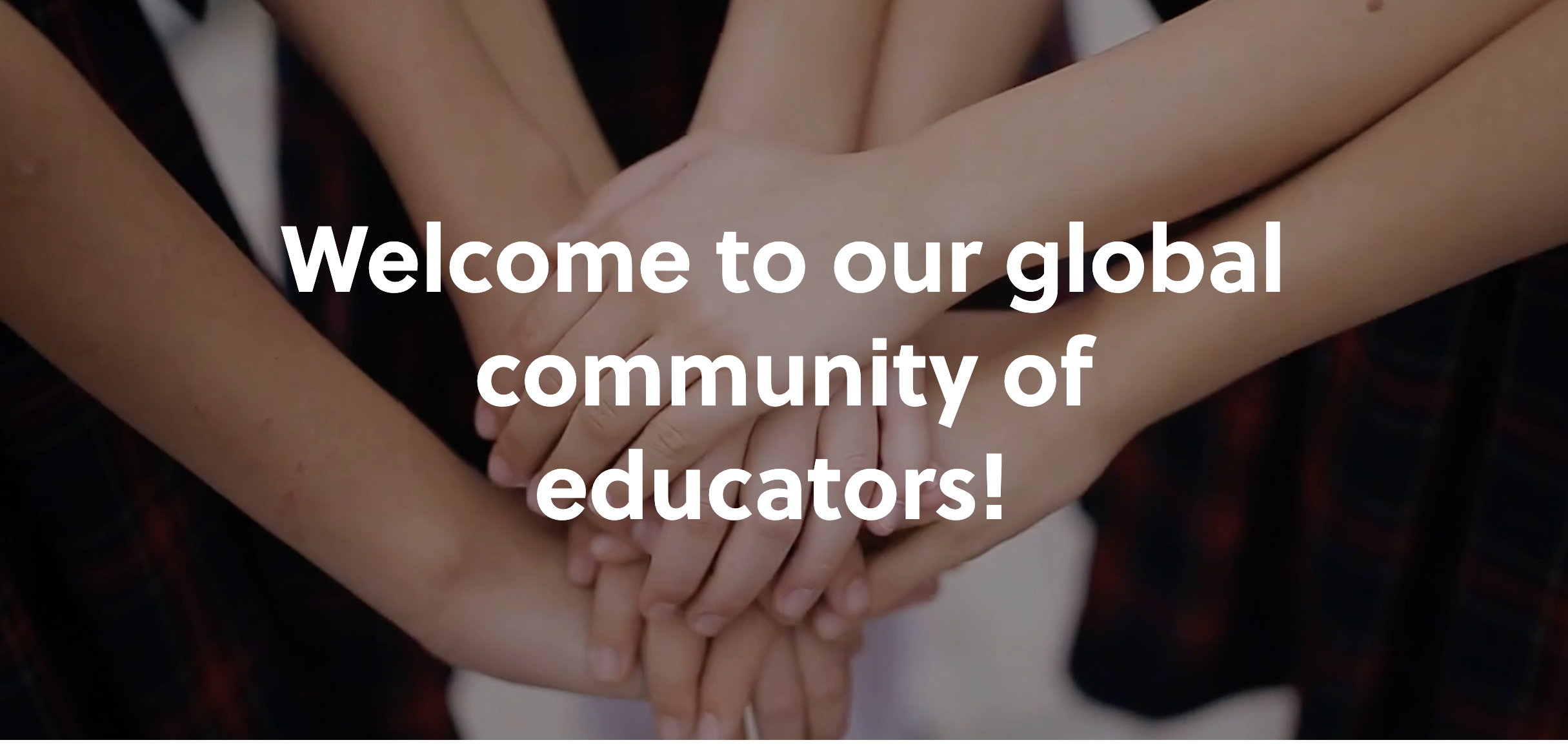
There are moments that stick out in the process of creating a dynamic and successful classroom, influencing our philosophy of teaching and having a long-lasting effect. Considering one such instance, I’m thrilled to discuss a life-changing classroom encounter that has stoked my desire to give students agency. Along with being exciting, this journey has given me insightful knowledge that will definitely influence my future classroom activities.
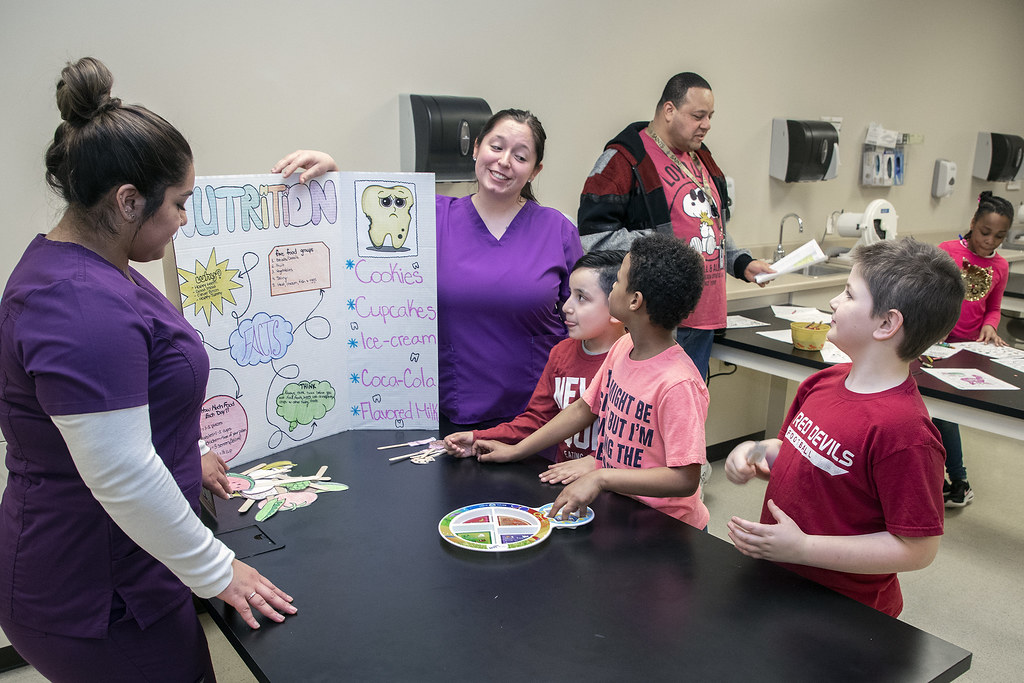
The Power of Student Voice
Seeing the strength of student voice was one of the most thrilling parts of the experience. Establishing a setting where students felt appreciated and heard allowed for insightful conversations from a range of viewpoints. This insight underlined how crucial it is to create an atmosphere in which students feel free to voice their opinions. I want to provide more opportunities for student voice in my future classroom so that each student feels like they are a vital part of the learning process.

Cultivating a Growth Mindset
When students adopted a growth mindset, the excitement in the classroom was evident. It changed everything when you encouraged them to see obstacles as chances to grow and learn. When students realized that intelligence could be acquired with hard work and persistence, they approached assignments with a fresh enthusiasm. This experience strengthened my resolve to cultivate resilience and a love of learning in my students by establishing a growth mindset culture in my future classroom.

Inclusive and Collaborative Learning
A key takeaway from this experience was the importance of inclusivity and teamwork. Observing how students helped and learned from each other brought home how important it is to establish a collaborative learning environment. I’m motivated to carry out more group projects going forward to make sure every student feels engaged in their educational process. This fosters a sense of community in the classroom in addition to improving academic results.
Unveiling the Accessibility Toolbox
It’s critical to create an inclusive environment in the digital age. We’re excited to present the Accessibility Toolbox today, a vast collection of resources created to help everyone use the digital world. Come along on a journey via this toolset, designed to enable people of all abilities to interact and navigate with digital material in an effortless manner.

What is the Accessibility Toolbox?
The Accessibility Toolbox is a collection of specialized tools and features that address various needs. From visual impairment to motor difficulties, each component is tailored to ensure a smooth, barrier-free digital experience. Let’s explore the key elements that make up this indispensable set of resources. These interactive instruments serve as a link between the aural and visual domains. They provide an immersive and accessible experience for consuming digital content, acting as a lifeline for people with visual impairments by translating written text into spoken speech.

Tools at Your Fingertips
1 Screen Readers: These assist people with visual problems by turning text into speech.
2 Speech-to-Text: Assist users with motor impairments by enabling hands-free typing.
Three Color Contrast Adjustments: Improve legibility for people with vision impairments.
4 Keyboard Shortcuts: Help individuals with mobility challenges by simplifying navigation.
5 Alt Text Guidelines: Make sure you have meaningful alt text for photographs to make them accessible.

Future Developments and Conclusion
Examine planned developments in the Accessibility Toolbox, including AI-powered improvements, augmented reality integrations, and cooperative initiatives to increase international accessibility standards. In order to fulfill the changing demands of an inclusive digital society, emphasize in your conclusion the continued commitment to improving and growing the Toolbox.

.
Introducing Hyper Docs
Hyperlinked Documents, or Hyper Docs for short, are an innovative tool that transforms the way teachers plan and present their teaching. These electronic documents are more advanced than the conventional static worksheet; they include multimedia components, interactive exercises, and hyperlinks to other sites. Hyper Docs are a dynamic and interesting way to study that is in line with the ideas of student-centered instruction and blended learning.
Creating Engaging and Interactive Learning Environments
The capacity of HyperDocs to develop dynamic and captivating learning environments is one of its main advantages. Teachers can incorporate articles, simulations, films, and other multimedia materials straight into the document, giving students instant access to a plethora of knowledge. As a result, learning becomes more immersive and can accommodate a wider range of learning preferences and styles.
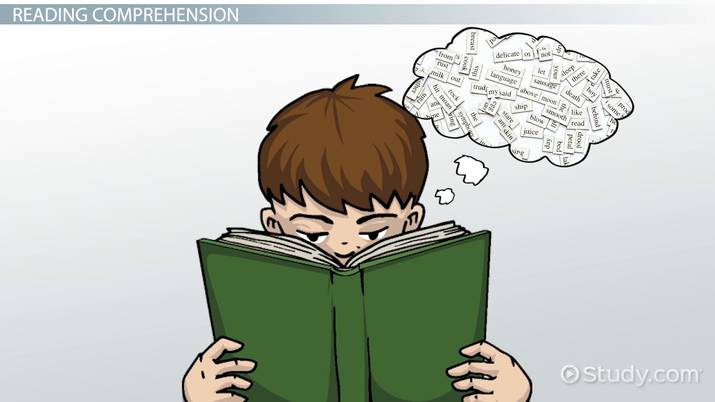
Personalized Learning Journeys
HyperDocs are a doorway to the world of customized learning experiences, not only a technology. Teachers in traditional classrooms frequently struggle to meet the varied requirements and learning preferences of their pupils. In order to overcome this difficulty, HyperDocs gives teachers the ability to create lessons that are customized to the unique requirements, tastes, and learning styles of each student. With the help of HyperDocs, teachers can create individualized learning paths for their pupils. Teachers can differentiate instruction to match the individual needs of each student by implementing interactive activities, choice boards, and self-paced modules. This degree of personalization builds a sense of ownership over the learning process and increases student autonomy.
Collaboration and Communication
The ability of HyperDocs to promote cooperation and communication is another noteworthy characteristic. By means of integrated solutions such as Google Workspace or Microsoft Office 365, students can engage in real-time collaboration on shared documents, take part in virtual discussions, and offer peer critique. This collaborative element fosters critical 21st-century abilities while also reflecting real-world work contexts.

Lessons from Microsoft’s Commitment world for Unlocking Inclusive Communication.

Getting to Know Microsoft’s Vision:
The commitment of Microsoft to inclusive communication is more than simply a slogan; it’s a holistic vision. Microsoft is creating a tapestry that goes beyond conventional ideas of accessibility and makes all forms of communication—including reading, writing, listening, and speaking—accessible. This dedication goes beyond the limitations of exclusive licenses, premium services, or subscriptions. It entails making communication tools accessible to everyone, regardless of whether they attend a “Microsoft school” or are familiar with Microsoft software.
The Immersive Reader: A Revolutionary Tool
Microsoft’s Immersive Reader is a brilliant illustration of this dedication. This tool is not limited to helping people who need particular accommodations. Instead, it’s a potent tool that each and every person can use. Immersive Reader meets a variety of demands, whether it’s changing text settings like size and spacing, altering background and text colors, or making use of features like syllabication, highlighting sections of speech, and translation tools. Users may now customize their reading experience to fit their particular preferences, which is a game-changer.

I found this pic on the media library
The Development of Inclusive Communication:
I learned more about Microsoft’s strategy, and it became clear that there is more to inclusive communication than just new technology. It’s a cultural change that recognizes the diversity of communication preferences, methods, and skills. By providing tools like Immersive Reader, Microsoft not only promotes a more open online space but also a way of thinking where each user is acknowledged, recognized, and included.
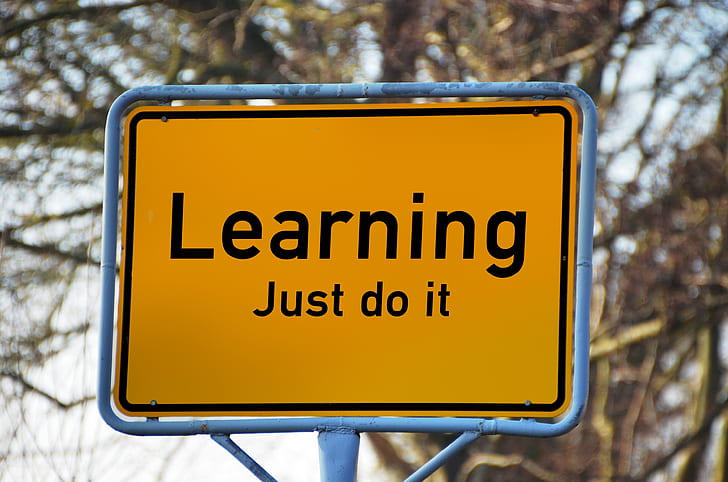
Education for Empowerment and Beyond:
This dedication has significant effects, particularly in educational environments. Microsoft is helping to level the playing field in education by making sure that resources like Immersive Reader are accessible to everyone and are not just available at certain schools. Not only must individual needs be met, but an environment where diversity is valued and all students may succeed must also be fostered. Microsoft’s dedication has an impact on many facets of our everyday lives, even beyond the spheres of education. The accessibility of technologies like Immersive Reader in the educational setting has the potential to completely alter how we approach learning. A more individualized and inclusive educational experience can be advantageous for students with different learning styles and preferences. By seamlessly integrating such tools, Microsoft equips teachers to design settings where each student may interact with and assimilate material in ways that meet their particular needs.
Conclusion: Inclusive Communication in the Future
In conclusion, Microsoft’s dedication to ensuring that all forms of communication are accessible is a lighthouse shining the way to a future that is more inclusive. Utilizing cutting-edge tools is only one aspect of the lesson learnt; another is realizing how technology can be used to close gaps and establish communication as a fundamental human right. Inspire by Microsoft’s vision, let’s advance the cause of inclusive communication and work toward a time when every voice is heard. Microsoft is committed to empowering education and beyond, and this commitment goes beyond technology to create opportunities for everyone to learn, work, and engage in society regardless of their particular requirements. This dedication demonstrates how technology can empower people and, consequently, entire communities, acting as a potent catalyst for good change.
Exploring Global Impact: Environmental Stewardship in the GLOBE Program.
Discovering GLOBE: Getting to the Heart of the Matter
The globe is a program that not only connects children and instructors from all over the world, but also empowers them to become environmental stewards. Enter the GLOBE program, a global community dedicated to environmental observation, investigation, and comprehension. GLOBE, which stands for Global Learning and Observations to Benefit the Environment, includes a universe of possibilities. GLOBE is a platform for promoting environmental stewardship, not just a science program. Participants become active contributors to our understanding of the Earth’s linked processes rather than passive observers. This method develops a sense of responsibility and empowers people to make educated environmental decisions.

This picture was taken from words press website.
What Is Unique About the GLOBE Program?
GLOBE is more than a program; it is a global movement that brings together students, teachers, and scientists from all around the world. GLOBE is really about hands-on, experiential learning. It allows participants to leave the classroom and enter the globe, transforming the entire planet into their laboratory. What actually distinguishes GLOBE is its emphasis on real-world application. Rather of limiting their learning to textbooks and classrooms, GLOBE participants go outside to actively connect with their surroundings. Students develop practical skills that extend beyond academia by doing hands-on experiments and making observations in their local habitats, preparing them for a future in which environmental stewardship is an essential component of global citizenship.

This picture was taken from word press
Participating in Meaningful Research
GLOBE is about more than just data collection; it’s about asking questions, seeking answers, and engaging in meaningful inquiry. Participants are encouraged to create and carry out their own scientific experiments, instilling a sense of wonder and exploration. This method turns learning from a passive to a stimulating adventure of discovery. GLOBE places a high value on student-led inquiry. Students are encouraged to generate their own questions and design investigations that match with their individual interests rather than following prescribed experiments. This student-centered approach fosters not only a sense of ownership over their learning but also the development of critical thinking skills.
Connecting Classrooms on Different Continents
One of the most enthralling parts of the GLOBE program is its ability to establish cross-continent partnerships. Students and teachers join a global network in which they share their discoveries, views, and even cultural perspectives. GLOBE’s collaborative nature transcends regional borders, resulting in a virtual classroom without walls. GLOBE encourages collaborative initiatives that bring students from many regions together. Whether it’s gathering data for a research project together or exchanging findings via virtual platforms, collaborative activities help to break down geographical barriers. Students not only share their scientific discoveries through project exchanges, but they also obtain firsthand knowledge of their peers’ distinct environmental situations.
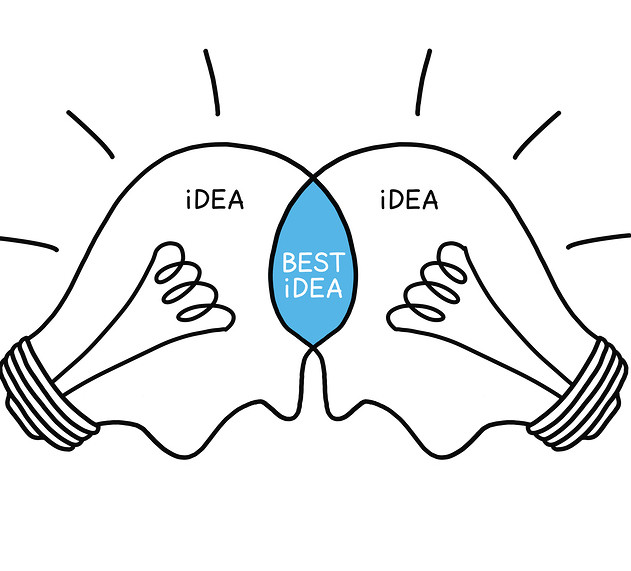
GLOBE’s Ripple Effect: From Local to Global
GLOBE’s impact reaches well beyond the persons immediately involved. Participants contribute to a communal understanding of our planet by contributing to a global dataset. This shared information has the ability to affect local and global environmental policies, sending ripples through communities and nations. Globe’s fundamental mission is to empower local communities by transforming students and educators into active participants in environmental education. Participants who engage in hands-on observations and inquiry-based learning become change agents in their communities. This empowerment manifests itself through greater environmental awareness, community involvement, and the launch of local environmental projects. GLOBE’s rippling impact begins at the grassroots level with the fostering of global citizenship. By instilling a sense of responsibility for local environments, participants’ concerns inevitably extend to global challenges. GLOBE creates future leaders with a broader perspective by laying the groundwork for a worldview that acknowledges the interconnection of all communities and ecosystems.

Thank You
Collaboration to Improve Learning: The Potential of Educational Technology
Collaboration has long been acknowledged as a crucial ability for both the classroom and the workplace. The capacity to collaborate well with others is more crucial than ever in today’s linked society. The way we collaborate in learning environments has been changed by educational technology, making it easier to use and more effective. In this blog article, we will look at how collaboration affects learning and how educational technology might improve this vital competency. https://www.brookings.edu/articles/realizing-the-promise-how-can-education-technology-improve-le

Importance Of Collaboration in Education
It has been demonstrated that collaborative learning helps pupils develop higher order thinking abilities as well as greater self-assurance and self-worth. Effective teamwork is undoubtedly a potential way to improve the educational process overall. vital ability. It promotes the exchange of various viewpoints and ideas, which results in more creative solutions and greater comprehension. Collaboration also allows students to learn from each other. It encourages the discussion of various points of view and concepts, which leads to more original solutions and improved comprehension. https://www.brookings.edu/articles/realizing-the-promise-how-can-education-technology-improve-

Technology in Education, and Collaboration
Technology in school makes it easier than ever to promote teamwork. During lessons, students can participate actively with both their teachers and their peers. This includes working together to solve problems provided in online classrooms and other educational pursuits. Students can encourage one another and share ideas through these group projects. Direct communication between students and teachers is made easier by technology. Students can quickly ask questions about the classroom setting and request further help with difficult concepts. Because of how convenient technology is, students can upload their homework from home. https://soeonline.american.edu/blog/technology-in-education/#:~:text=Educational%20technology%20can%20foster%20collaboration.%20Not%20only%20can,their%20thoughts%20and%20ideas%20and%20support%20each%20other.
I found this video on YouTube.
New global data reveal education technology’s impact on learning
This post will discuss technology and how it was a lifeline in schooling during the COVID-19 pandemic. As children return to traditional classrooms, school districts must carefully consider the long-term role of technology in education.https://www.mckinsey.com/industries/education/our-insights/new-global-data-reveal-education-technologys-impact-on-learning

This was a featured image so i don’t have a link for it.